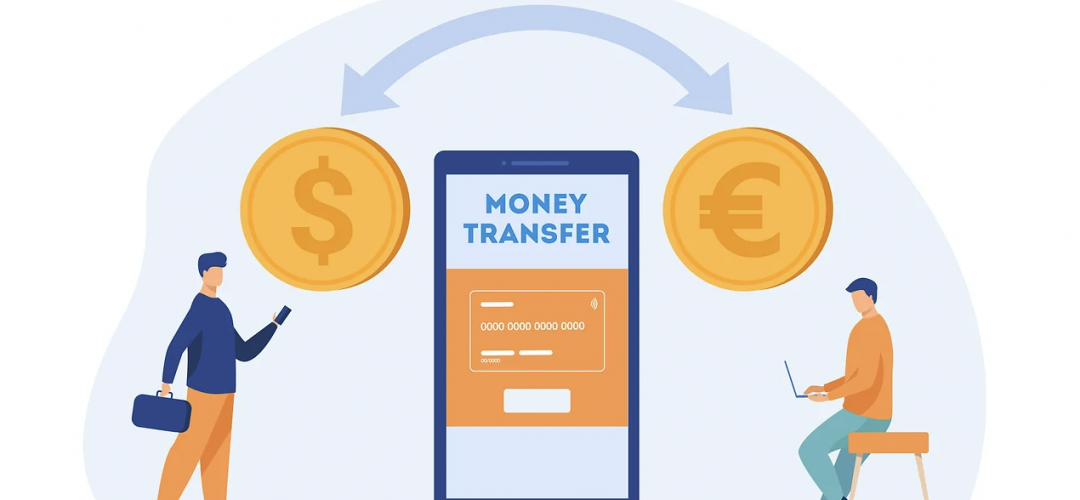In an increasingly globalized world, the need for financial transactions that span across borders has never been more prominent. Simplifying and reducing the cost of cross-border transfers is a topic of much interest, offering vast benefits for individuals and businesses alike.
This blog post aims to explore the avenues through which these transactions can be made more accessible and economical, presenting a valuable guide for anyone looking to navigate the complexities of international money movement.
Making Cross-Border Transfers Streamlined and Cost-efficient
In the realm of international finance, cross-border transfers serve as the backbone for global trade, supporting families, and facilitating investments across the globe. However, traditionally, these transactions have been fraught with high fees, complex regulatory requirements, and slow processing times.
Thankfully, technological advancements and regulatory reforms have begun to pave the way for more streamlined and cost-effective solutions. This evolution is essential for fostering global connectivity and economic growth.
Firstly, the emergence of fintech companies has been instrumental in revolutionizing how money moves internationally. These platforms leverage digital technology to offer faster, cheaper, and more transparent transaction processes.
Furthermore, blockchain technology presents another promising avenue for reducing the cost and complexity of cross-border payments. By eliminating the need for intermediaries, blockchain can significantly lower transaction fees and enhance the speed of transfers.
Understanding the Power of Fintech in International Transfers
Fintech, or financial technology, has transformed the landscape of cross-border payments. Companies in this sector leverage technology to streamline the process, offering services that are often significantly less expensive than traditional banks.
One key advantage of fintech platforms is their use of real-time exchange rates, reducing the hidden costs often associated with currency conversion. Additionally, these platforms provide a higher level of transparency regarding transaction fees, allowing users to understand the exact costs upfront.
Moreover, fintech solutions typically offer user-friendly online and mobile platforms, making it easier than ever to send money abroad. This accessibility is a game-changer for individuals and small businesses looking for efficient and affordable ways to make international payments.
Blockchain: The Future of Cross-Border Payments?
Blockchain technology, the backbone of cryptocurrencies, has the potential to dramatically alter the landscape of cross-border transactions. It offers a decentralized network that can execute transfers without the need for traditional banking systems.
One of the most significant advantages of blockchain is its ability to reduce transaction fees. Since the process eliminates intermediaries, the associated costs are significantly lower.
Additionally, blockchain can process transactions almost instantaneously, irrespective of the location of the sender and the receiver. This speed, combined with the security features inherent to blockchain technology, makes it an increasingly attractive option for international money movement.
However, for blockchain to become a mainstream solution for cross-border payments, regulatory clarity and widespread adoption are necessary. As the technology matures and these issues are addressed, blockchain could very well redefine how we think about global finance.
Regulations and Compliance: Navigating the International Waters
While technology offers solutions to reduce the hassle and cost of cross-border transfers, regulatory environments play a crucial role. Compliance with international financial regulations ensures the safety and integrity of global transactions.
Regulatory bodies around the world are working towards harmonizing rules to facilitate smoother international transfers. Understanding these regulations is essential for businesses and individuals to navigate the complex landscape of global finance effectively.
It’s important for users to be aware of the regulatory requirements in both the sending and receiving countries. This knowledge can prevent potential legal issues and additional costs, ensuring a seamless transaction process.
Choosing the Right Service for Your Needs
With a variety of services available, selecting the right platform for cross-border transfers can seem daunting. It’s vital to consider factors such as fees, speed, currency options, and the regulatory standing of the service provider.
Comparing different platforms and reading user reviews can provide valuable insights into their reliability and cost-effectiveness. Additionally, considering the specific needs of your transaction, such as the amount and frequency of transfers, can help in making an informed decision.
Lastly, always ensure that the service provider is compliant with the regulatory standards of the countries involved in the transaction. This precaution will not only ensure the legality of the transfer but also protect against potential financial losses.
In conclusion, cross-border transfers have become an essential part of our global economy, necessitating more streamlined and cost-efficient processes. Through the integration of fintech solutions, exploration of blockchain technology, and a deep understanding of international regulations, individuals and businesses can navigate these transactions more effectively. As the world becomes increasingly interconnected, simplifying and reducing the cost of these transfers will accelerate economic growth and global collaboration.






